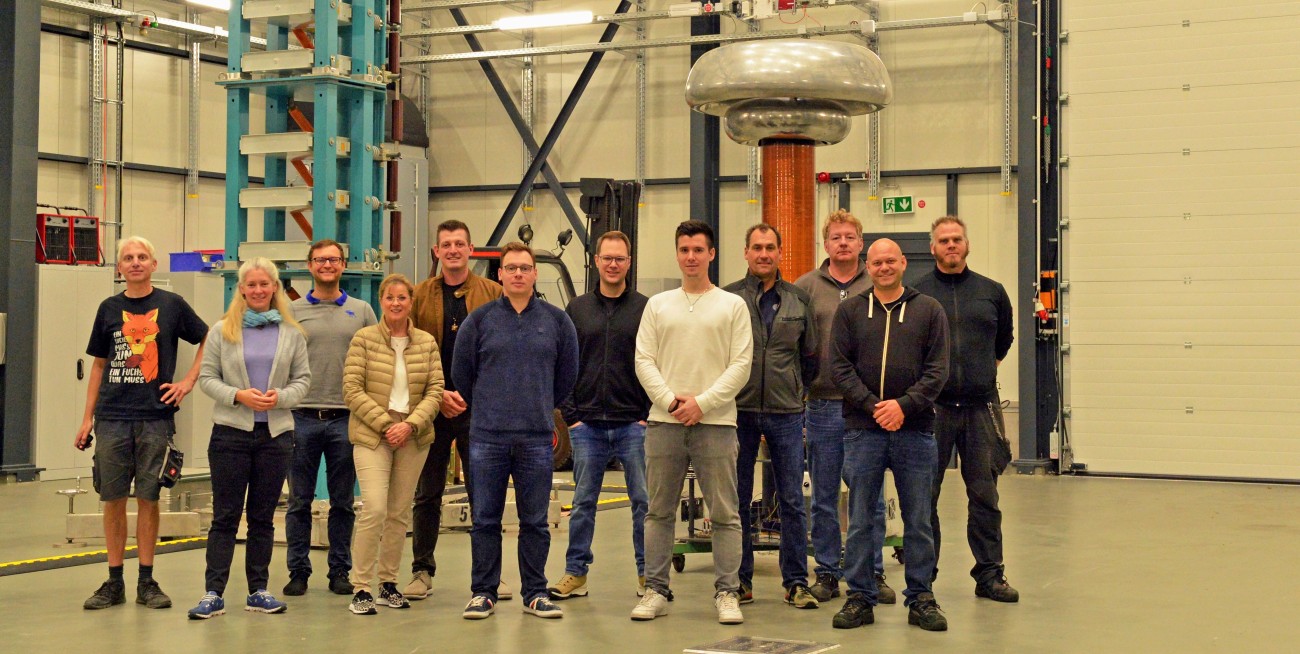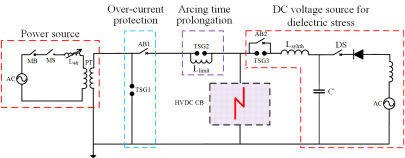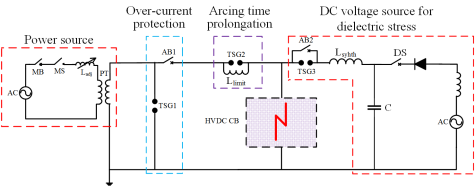Dr.-Ing. Nadew Belda
Working area(s)
External PhD candidate, Innovation Engineer, KEMA Laboratories, DNV GL - Energy
Contact
nadew.belda@dnvgl.com
cell +31 621640336
As such the main goal of this research work is, first, to investigate the performance requirements of the HVDC circuit breakers based on transient studies of a hypothetical HVDC grid. Then, based on this, propose test requirements, develop test method and design proper test circuit. Thus, the stresses on different technologies of HVDC circuit breakers while interrupting DC fault currents are identified. Based on these stresses generic test requirements are defined. In addition, the impacts various system parameters which affect the stresses of the HVDC circuit breaker are evaluated.
Next, based on the defined test requirements, various potential test circuits are investigated while taking their economic feasibility into account. Hence, adequate and economic test circuit capable of producing the necessary stresses is designed, implemented and demonstrated. Given the absence of commercially mature HVDC circuit breaker, the main goal is to develop a test circuit that exploits the available infrastructure at high-power test facility.
Moreover, the test circuit is used to study the performance limits of the main components, namely, the vacuum interrupter and the metal oxide surge arrester, which are common to most technologies of HVDC circuit breakers. This is used to analyze the electrical and thermal stresses as well as to study the failure modes of these components, with the aim to refine the test requirements the HVDC circuit breakers. This is conducted by setting up experimental DC circuit breaker in a laboratory environment.







